Are you trying to find out how to fix radio interference from LED lights? This article will teach you everything you need to know about solving this difficult problem. Drivers continue to complain about interference from LED lights, which makes listening to the car radio problematic.
This is a serious problem, especially at night because you won’t be able to listen to your favorite radio stations with your headlights on.
Luckily, we’ve rounded up the best ways to eliminate LED light clutter. At the end of this article, you will understand why this issue occurs and how to solve it so that you can listen to the radio in your car with peace of mind.
How do you stop LED lights from interfering with the radio?
With a deeper understanding of how LED lights work, it should be easier to address interference issues and avoid them entirely. Possible troubleshooting tips are discussed below.
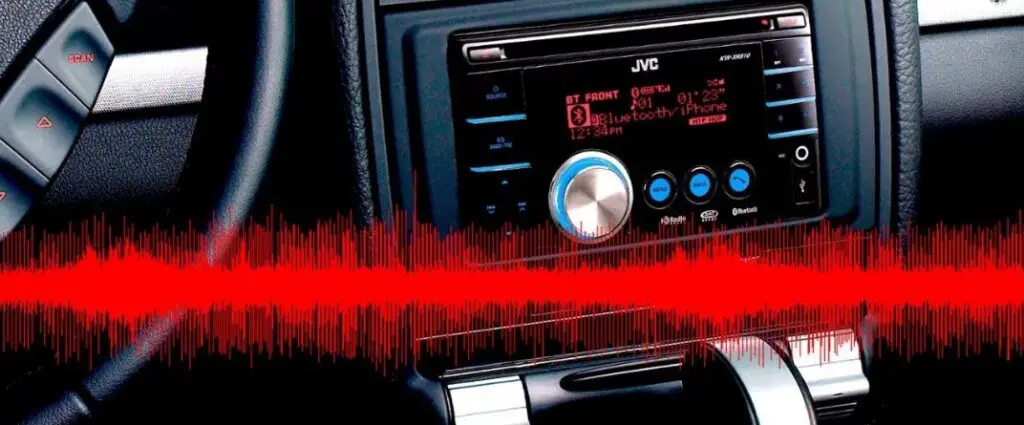
Determining the culprit using AM radio
The easiest way to determine the cause of interference is to use a radio with AM radio frequency. It doesn’t have to be new, but it does have fresh batteries and the volume is adjustable.
In addition, the setup is simple. All you have to do is select a station from the bottom of the watch face. Make sure the radio is not making any sounds, even static ones. If done correctly, your AM radio will act like a sensor device, picking up all frequencies from the environment.
Also, make sure the level is set correctly. Once the installation is complete, it’s time to introduce AM radio to every car’s LED lights, whether outside or inside.
Watch for headlights, traffic lights, brake lights, and door lights, among other things. Be aware that there may be multiple sources of interference.
Ferrite cores
This is the easiest way to solve the problem. You can buy them at a low price. Installing them on inaccessible fixtures can be difficult, such as overhead car lights. Ferrite cores, commonly known as ferrite beads, ferrite chokes, or EMI filters, are small components that work quite simply.
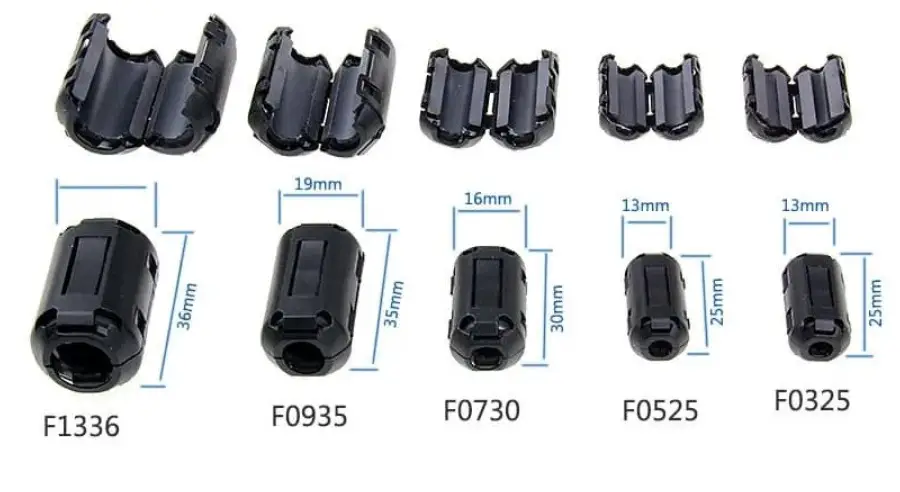
Wrap a ferrite choke around the cables that power the light and you’re done. The aspect that is not very nice is that you have to use one for each LED bulb. However, you will notice that interference steadily decreases with the correct installation of each ferrite core. Eventually, it will completely disappear. But how do ferrite cores work in general?
These are filters that block or at least significantly reduce high-frequency current. Lower-quality LED lights will require a ferrite core. Ferrite cores are not needed on lines that feed incandescent lamps, since incandescent lamps cannot create any interference.
Replacing LED lights
In some cases, it is desirable to upgrade the LED lights. This is especially true for indoor lighting, as using a ferrite core is difficult, if not impractical. I highly recommend that you invest in high-quality LED lights. While they may be a bit more expensive, less expensive options will lead to the very hassle you are trying to avoid.
As a rule, LED lights sold by well-known companies comply with EMI regulations, which is exactly what you require. I recommend numerous well-known manufacturers available on retail, including Philips, Osram, Cougar Motor, and BEAMTECH. Avoid unknown brands unless you are sure that buying a product will not cause interference.
Replacing the LED lamp transformer
The transformer is sometimes the source of the problem. As stated earlier, the LED lamp and the internal components that power the light can be the source of the issue. As a result, you can replace the transformer in your LED fixture with one that better suppresses electromagnetic interference. You won’t need a ferrite core if you do it this way.
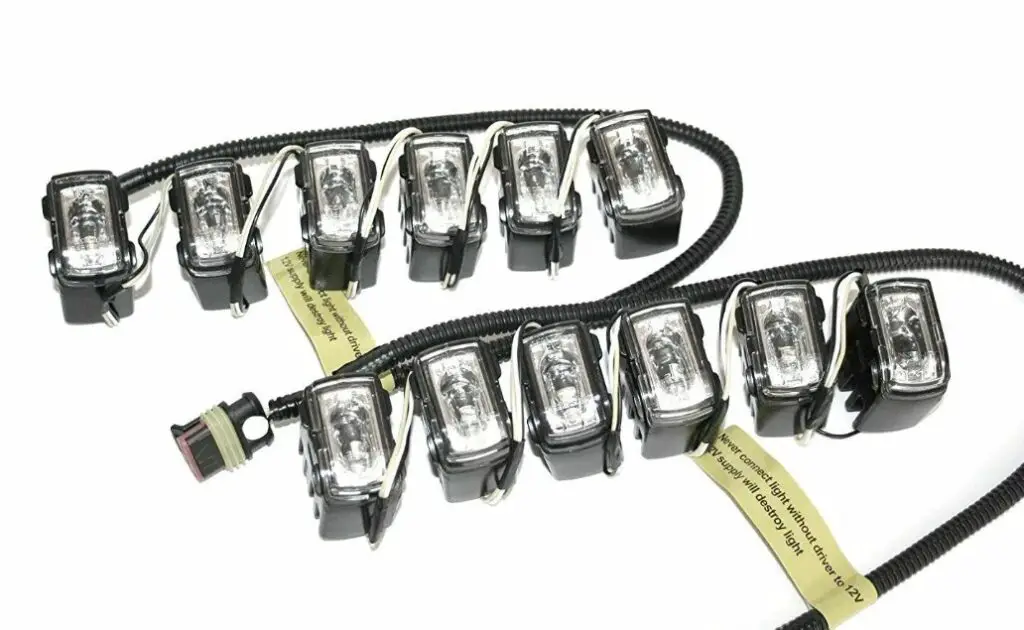
However, it should be emphasized that this technique is limited to low-voltage LED lights fixtures. The remaining options from this article are preferable to use for lamps with voltages above 12V. In addition, some LED light systems have a transformer inside, which means, as mentioned earlier, they need to be completely replaced.
You can replace the external transformer if your lighting system has one. Transformers, like LED light bulbs, must be of good quality to reduce interference. If everything is done correctly, your radio should play on any radio station without problems.
Using shorter/insulated cables
While this solution does not solve the problems posed by LED lamps, it has been found that longer connections create more interference. Therefore, we recommend using shorter LED wires to reduce interference.
Why do my LED lights interfere with my radio?
LED lights, especially those in your car, often cause radio interference. But this does not mean that other lights sources located around your car also contribute. All new cars with LED light headlights inside and out are suspicious. These may include door lights, light strips, overhead lights viewing, and interior spotlights.
Almost anything powered by the LED light bulbs in your car can interfere with radio signals. But there is another hidden fact that you might not know about. The LED lights inside your home and your garage can also create problems for your wireless devices, mobile phones, and home radios.
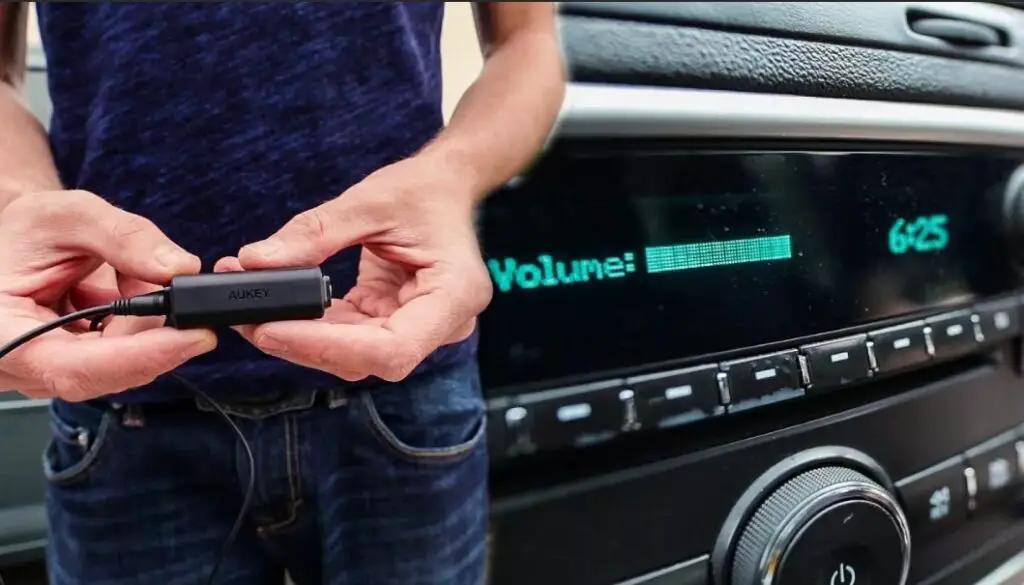
As shocking as it may sound, LED lights are not the exact cause of radio frequency problems. The secret lies in the electronics that power the LED itself.
You may not know this, but LED lights operate are powered by a series of controlled flashes that are processed through a duty cycle.
This means that the number of eliminating LED light interference flashes per second is determined by the ballast. The Hz ratio that is used for this flicker control is often converted into an electrical signal.
It travels through power cables like a radio signal and soon reaches a receiving device like your radio. In your car, the same thing will happen to the LED lighting systems’ power supply, and as a result, you will hear it through the radio.
Now, another problem that has not been solved is built-in lighting. The same difficulty can occur when both radio and recessed lights are used. In addition, you may have radio interference issues due to LED workspace lighting and radios used next to each other.
What is radio interference and what causes it?
When your radio device receives multiple radio signals at the same frequency, this is called radio interference. This can be caused by various electronic equipment near the radio, not just LEDs. Radio interference usually produces a buzzing sound, although it may be silent.
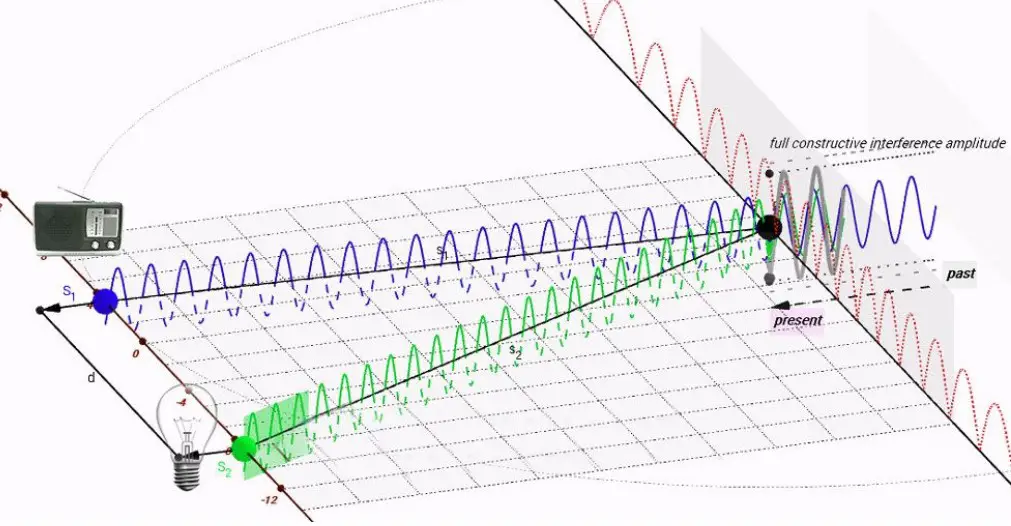
Radio waves broadcast by radio signals stations propagate through the air and can be received by various receivers. The radio in your car is a great example of a receiver because it decodes radio waves to provide information (such as music, news, etc.).
These radio waves have different frequencies, and when a device receives many waves of the same frequency, interference occurs. The source of this discomfort interfering with the operation of the radio is typically certain electronic devices near the radio.
Why do LEDs generate radio frequency interference?
Typically, LEDs are the culprit in the car. Other nearby fog lights may also interfere. The latest car models are equipped with a variety of LEDs in different places, including headlights, door lights, and ceiling lights, as well as light strips and spotlights.
The LEDs in your home can also interfere with your wireless signal, resulting in radio interference.
The problem is not just LED lighting. The source of interference is the LED power supply. Often, the term “LED driver” refers to the power supply for the LED (or sometimes the ballast).
LEDs operate through a series of controlled bursts of energy, known as Pulse Width Modulation or PWM, a controlled duty cycle. The ballast or LED driver supplies power to the LED in a series of pulses, the frequency of which determines the number of LED flickers per second.
The Hertz ratio is converted into an electrical signal throughout the flicker control process and then picked up by the car radio or any other radio device. As soon as this happens, a sound will be heard from the speakers of the radio.
FAQ
How do you fix radio interference?
Here is a list of possible solutions that we know about:
- Use a quality LED bulb. Almost all LED bulbs are fully compliant with current standards. Many LED lights from cheaper or unknown brands are not up to the mark.
- Replace the transformer with one with better EMI suppression, such as a Verbatim LED light transformer.
- Reduce cable length and if possible use shielded cable.
- Add an EMI filter at the input/output of the transformer. They are also called ferrite beads or ferrite chokes.
Item 2 above is only suitable for low-voltage LED bulbs. Other suggestions can also be used for mains voltage LED lamps.
Do LED lights interfere with audio?
LEDs can interfere with audio systems and cause speakers to buzz. This is usually due to ground loop problems, radio frequency interference, or poor-quality unshielded wire.
Conclusion: How to fix radio interference from LED lights?
To sum it up, whether you are at home or enjoying a ride in your car, LED lights can drastically degrade your listening experience. It may make an unattractive buzzing/buzzing noise.
However, the most common cause is poor-quality components that can be replaced at any time.
Troubleshooting is the most difficult aspect. However, using an ammeter, you can easily do this. You can then fiddle around with the configurations, track down the real culprit, and work on a fix.
Read also: What’s the difference between AM and FM radio?
